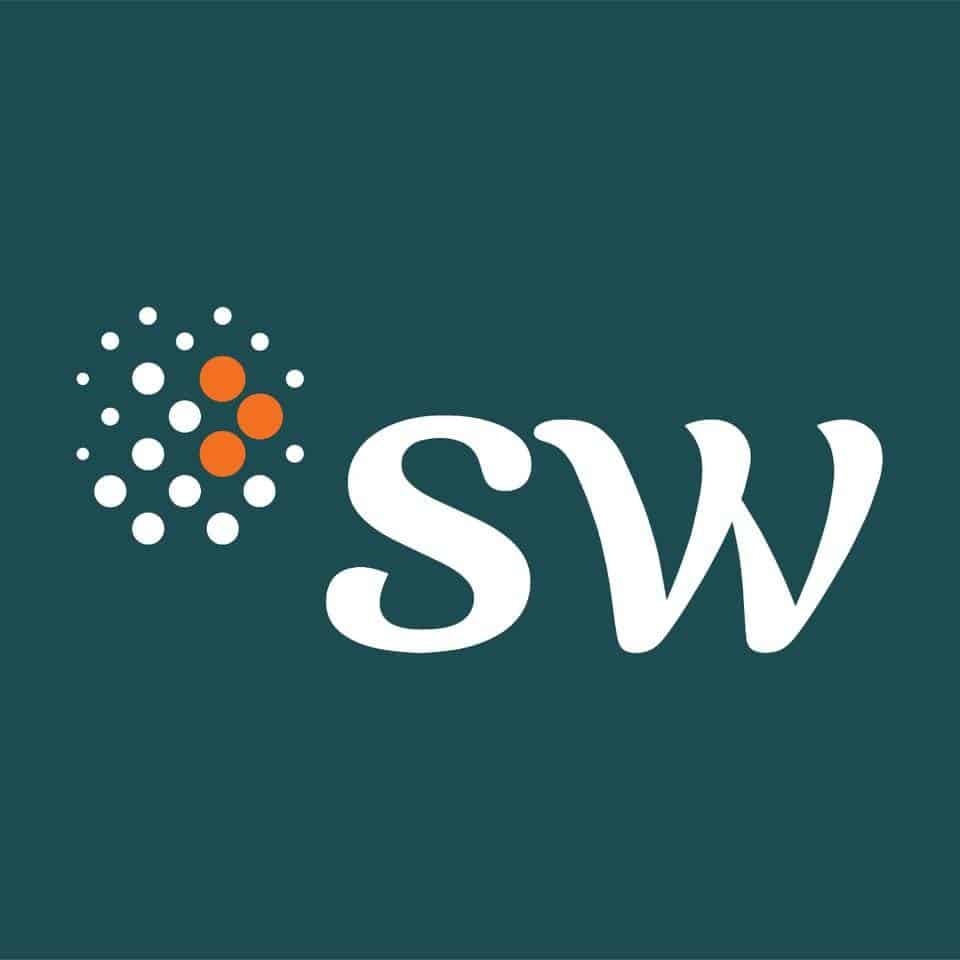The accounting treatment for borrowing costs generally requires direct recognition of borrowing costs, in the form of interest expense, in the income statement. However, accounting standards allow interest expense on loans to be capitalized, meaning that it is directly attributable to the acquisition, construction, or production of qualifying assets. Scope of accounting standards are applied in accounting for borrowing costs in all companies.
Table of Contents
Accounting for borrowing costs is crucial; especially when a company has a large project to build and need a source of fund from the bank or other creditor. When we borrow any fund from the bank, the bank usually charges the interest which we commonly call it as finance costs as well as other charges associated with such borrowing. We can capitalize on the borrowing costs to arrive at the value of an asset. So, what is the borrowing costs? How can we deal with the accounting for borrowing costs?

Accounting for Borrowing Costs in Indonesia (PSAK 26)
In Indonesia, the accounting for borrowing costs is covered under PSAK 26. As per PSAK 26, borrowing costs are interest and other costs that an entity incurs in connection with the borrowing of funds. Borrowing costs may include items such as the following:
Interest Expenses
Interest expense that incurred as result of such borrowing. This interest will be calculated by using the effective interest method in accordance with PSAK 71 Financial Instruments Recognition and Measurement.
Bank Charges and Finance Charges
Any bank charges or finance charges in respect of finance leases that an entity recognize in accordance with IAS 17 Lease (Further replaced by IFRS 16 – Lease).
Adjustment for Exchange Differences
We can also consider as an adjustment to interest costs for any exchange differences that arise from the borrowing in foreign currency.
Qualifying Assets and Their Definition
In addition to the word borrowing costs, another word that is commonly seen in this standard is Qualifying Assets. Qualifying assets are those assets that are necessary to take a substantial period of time in order to get ready for its use or sale. In some circumstances, the qualifying assets may include any assets such as; inventories, manufacturing plants, intangible assets, power generation facilities, and investment properties. Practically, any inventories or financial assets that take a short period of time to be available for use or sales are not considered as qualifying assets. Additionally, we would not consider as qualifying assets if such assets are ready for any intended use at the time of purchase or acquire.
The Exemptions
In accordance with PSAK 26, the standard shall be applied for each entity that is qualified. Please note that this standard does not deal with any actual or imputed cost of equity. In addition, PSAK 26 does not require to apply this standard for the following assets resulting from the acquisition, construction, or production as the following: 1) Any qualifying asset that an entity measures at fair value, for instance, a biological asset; or 2) Inventories that an entity manufactures or produces in large quantities and on a repetitive basis.
The Capitalization
In accordance with PSAK 26, any company or entity shall capitalize borrowing costs on qualifying assets as part of the assets, where such borrowing costs are directly attributable to the acquisition, construction or production of such assets. Such entity shall only capitalize those borrowing costs as part of the asset value if and only if it is probable that such assets will generate future economic benefit to the entity and such costs are able to be measure reliably.
Otherwise, those entities shall recognize such costs as expense for that relevant period it incurs. If the specific or intended purpose of borrowing the fund is just to obtain a qualifying asset, such amount of borrowing costs eligible for capitalization shall be determined as the actual costs that incurred for that borrowing during the period less any revenue resulting from the investment or investment income on the temporary investment of such borrowings.
Determining the Amount Eligible for Capitalization
Finally, the company shall determine the amount of borrowing costs that are eligible for capitalization by applying the capitalization rate to the expenditures on that asset if such borrowing is for general uses for the purpose of obtaining a qualified asset. PSAK 23 also specifically mentions that the capitalization rate shall be the weighted average of the borrowings that are applicable to the borrowings of the entity and these borrowings are outstanding during the period. Such borrowings shall not be borrowings that are specifically for the purpose of obtaining a qualified asset. In addition, the amount of borrowing costs capitalized during a period shall not exceed the amount of borrowing cost that incurs during that period.
Disclosure of Borrowing Costs
In accordance with PSAK 26, the company shall disclose any borrowing costs incurred for qualifying assets as follows: 1) The amount of borrowing costs that such entity capitalized during the period being reported; and 2) The capitalization rate that such company used to determine or calculate the amount of borrowing costs eligible for capitalization. Recognition, measurement, computation, presentation and disclosure of borrowing costs will be verified by a company’s auditor independent.
Are you seeking expert guidance to optimize your financial strategies and effectively manage borrowing costs? Look no further! SW Indonesia is your trusted partner in navigating the complexities of accounting and borrowing costs. Our team of seasoned professionals is well-versed in the latest accounting standards and can provide tailored solutions to suit your specific needs. Don’t let borrowing costs hold you back; reach out to us today for expert assistance and unlock the full potential of your financial success.
Contact SW Indonesia now at +62 2993 2132 to schedule a consultation with our experienced team!













